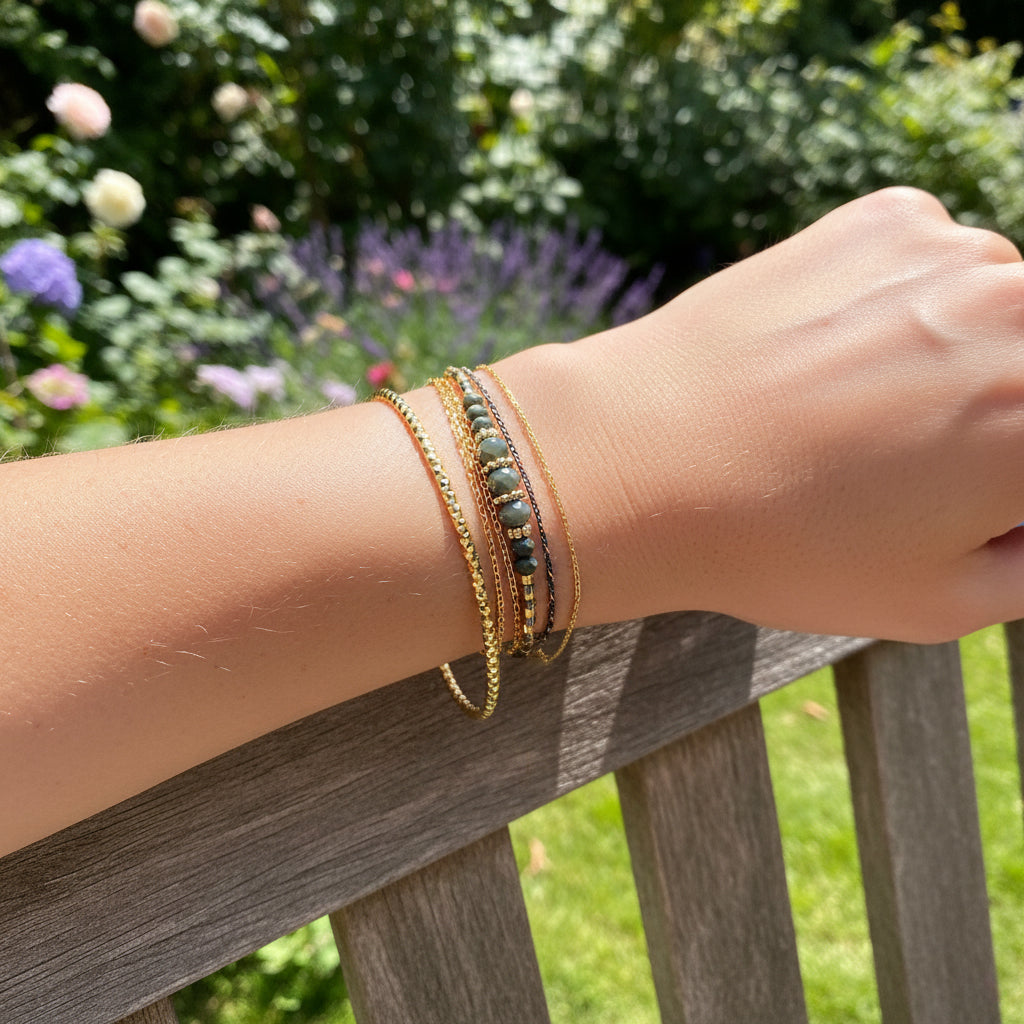
Tourmaline, rainbow stone
Share
Tourmaline is famous for its exceptionally wide range of colors . It can be found in almost every color of the rainbow. It is available in shades of pink, red, green, blue,... and even colorless.
Some tourmaline specimens are also bi- or tri-color, making them highly sought after by collectors. Its transparency also varies , ranging from transparent to translucent and even opaque for certain varieties.
Tourmaline is a complex mineral composed of borosilicate. It generally forms in geothermal areas or in pegmatites, which are deposits of igneous rocks rich in minerals. Its formation is the result of complex geological processes involving chemical reactions and specific temperature and pressure conditions.
The history of tourmaline is rich in myths, geological discoveries and various uses throughout the centuries.
Tourmaline has an ancient history, although its identification as a distinct mineral is relatively recent.
In ancient times, certain colored gems such as tourmaline were often confused with other precious stones due to their outward resemblance. For example, the Romans believed that many green stones were emeralds, although they may actually have been tourmaline.
Tourmaline was recognized as a distinct mineral in the 18th century in Europe. The name "tourmaline" is derived from the Sinhalese "turmali", which means "stone of mixed colors" , in reference to the variety of colors that this stone can present.
Tourmaline became increasingly popular in jewelry in the 20th century due to its variety of colors, durability , and beauty.
Tourmaline also became popular in lithotherapy in the 20th century, where it is associated with various spiritual and energetic properties. It is believed to balance energies, protect against negative influences and promote well-being. It's up to you to believe it if you wish or simply to let yourself be dazzled by the beauty of this stone.

With Madame Nature, put a bit of tourmaline in your daily life!
Discover the bracelet collection.

